News
2025.08.28
Columns
Kyusu: The Traditional Japanese Teapot for Everyday Tea Brewing
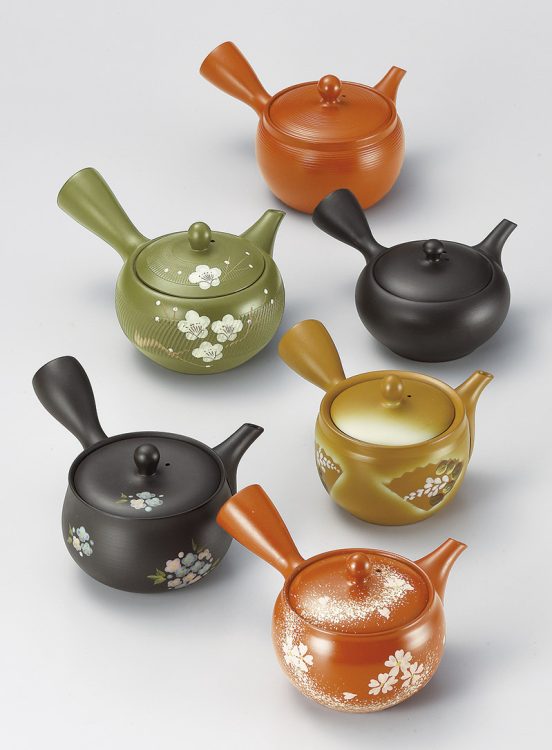
When it comes to enjoying Japanese tea, the most essential tool is the Kyusu (Japanese teapot). Among the different types, the side-handled style has long been the most representative, symbolizing Japanese tea culture for centuries. In this article, we will introduce the unique features of Kyusu, its materials and regional varieties, types of tea strainers, and how it compares with other Japanese tea utensils.
Table of Contents
1. Features and Ease of Use
2. Materials and How They Affect Flavor
3. Famous Production Areas
4. Types of Tea Strainers
5. Comparison with Other Tea Utensils
6. Conclusion
Features and Ease of Use
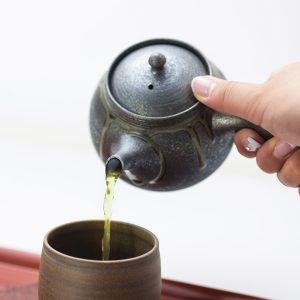
A Kyusu typically has its handle positioned at a right angle to the spout, allowing tea to be poured smoothly without twisting the wrist. The basic way to use it is simple: hold the handle with one hand, gently press the lid with your thumb, and pour. This design enables stable one-handed operation, making tea preparation both natural and comfortable.
Most Kyusu hold around 400 ml, which makes them perfect for brewing tea for one to several people. They are designed to extract rich flavor even from small amounts of leaves, making them suitable for both everyday use and serving guests.
Materials and How They Affect Flavor
The material of a Kyusu greatly influences the tea’s taste and experience.
・Earthenware (Tokoname ware, Banko ware, etc.)
Porous clay helps soften bitterness while enhancing umami. Over time, the surface develops character, deepening its appeal.
・Porcelain (Arita ware, etc.)
Smooth and non-porous, porcelain preserves the tea’s delicate aroma, making it ideal for refined teas like sencha or gyokuro.
・Glass
Perfect for visually enjoying the unfolding of tea leaves and the vivid green color of Japanese tea. Especially popular for brewing chilled tea in summer.
Understanding the characteristics of each material allows you to choose the most suitable Kyusu for your tea.
Famous Production Areas
Each production area in Japan brings unique traditions and qualities to Kyusu making.
・Tokoname ware (Aichi Prefecture)
Japan’s largest Kyusu-producing region. The red clay, rich in iron, is said to mellow tea’s bitterness. The unglazed “Shudei Kyusu” is especially iconic.
・Banko ware (Mie Prefecture)
Known for durability and heat resistance, making it long-lasting. Its natural clay absorbs excess bitterness and astringency, resulting in a smoother flavor. Characterized by calm tones of black and purplish hues.
・Arita ware (Saga Prefecture)
Famous for porcelain teapots with elegant white surfaces and delicate decorations, appreciated also as interior art.
Learning about these regions adds another layer of enjoyment when selecting a Kyusu.
Types of Tea Strainers
Every Kyusu requires a tea strainer, and the type affects usability and taste.
・Sasame (ceramic strainer) / Cera-mesh
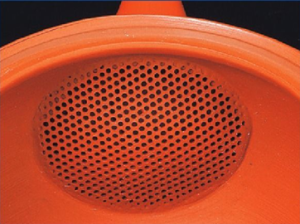
Made of the same clay as the teapot and integrated into the body. It preserves the tea’s natural flavor and produces a smooth taste. Cera-mesh, with micro-perforations, prevents clogging even with fine tea leaves.
・Removable stainless-steel basket
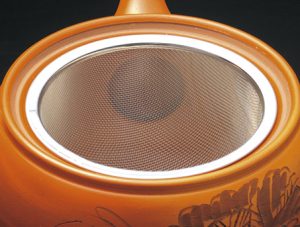
A metal mesh basket placed inside the teapot opening. Easy to remove and clean, ideal for large tea leaves and convenient everyday use.
・Built-in stainless-steel strainer
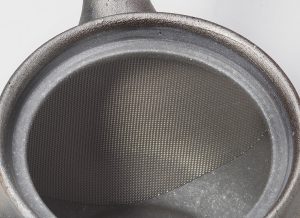
Permanently attached inside the teapot, offering wide coverage for efficient extraction and a consistent brew. Though non-removable, it is practical and easy to wash.
Selecting the right strainer based on tea type and preference enhances the overall experience.
Comparison with Other Tea Utensils
Japan has a variety of tea-brewing vessels. Comparing them with Kyusu helps highlight its unique role.
・Back-handled teapot (Ushirode Kyusu)
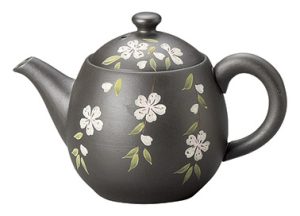
Handle positioned opposite the spout, resembling Western teapots. Familiar in style for overseas users.
・Dobin
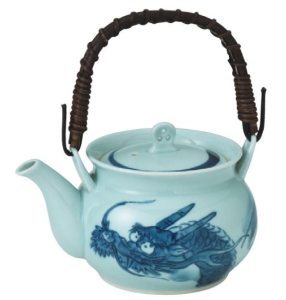
Larger capacity with a top handle, typically used for boiling water or brewing large amounts such as barley tea. Sturdy and practical for daily use.
・Hohin
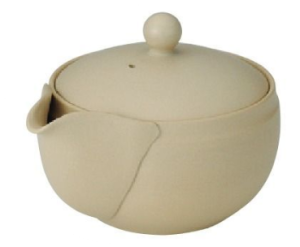
A small, handleless teapot designed for brewing high-grade teas like gyokuro at lower temperatures.
Kyusu, by contrast, is regarded as the most versatile and user-friendly teapot for everyday Japanese tea.
Conclusion
The Kyusu is both a practical tool and a cultural symbol of Japanese tea. Its one-handed design and optimal size for daily use make it indispensable in tea brewing. By understanding the differences in materials, regional traditions, and tea strainer types, you can enjoy Japanese tea on a deeper level. Exploring the contrast with other tea utensils also enriches your appreciation of Japan’s diverse tea culture.
If you are interested in Kyusu, matcha bowls, or other Japanese tableware, please visit our Goods & Cases page for more details. For inquiries about our trading services—including tableware, kitchenware, cutlery, tools, and other household goods—please contact us via our Inquiry page. Please note that we do not sell directly to individual customers.
Category
Archive
